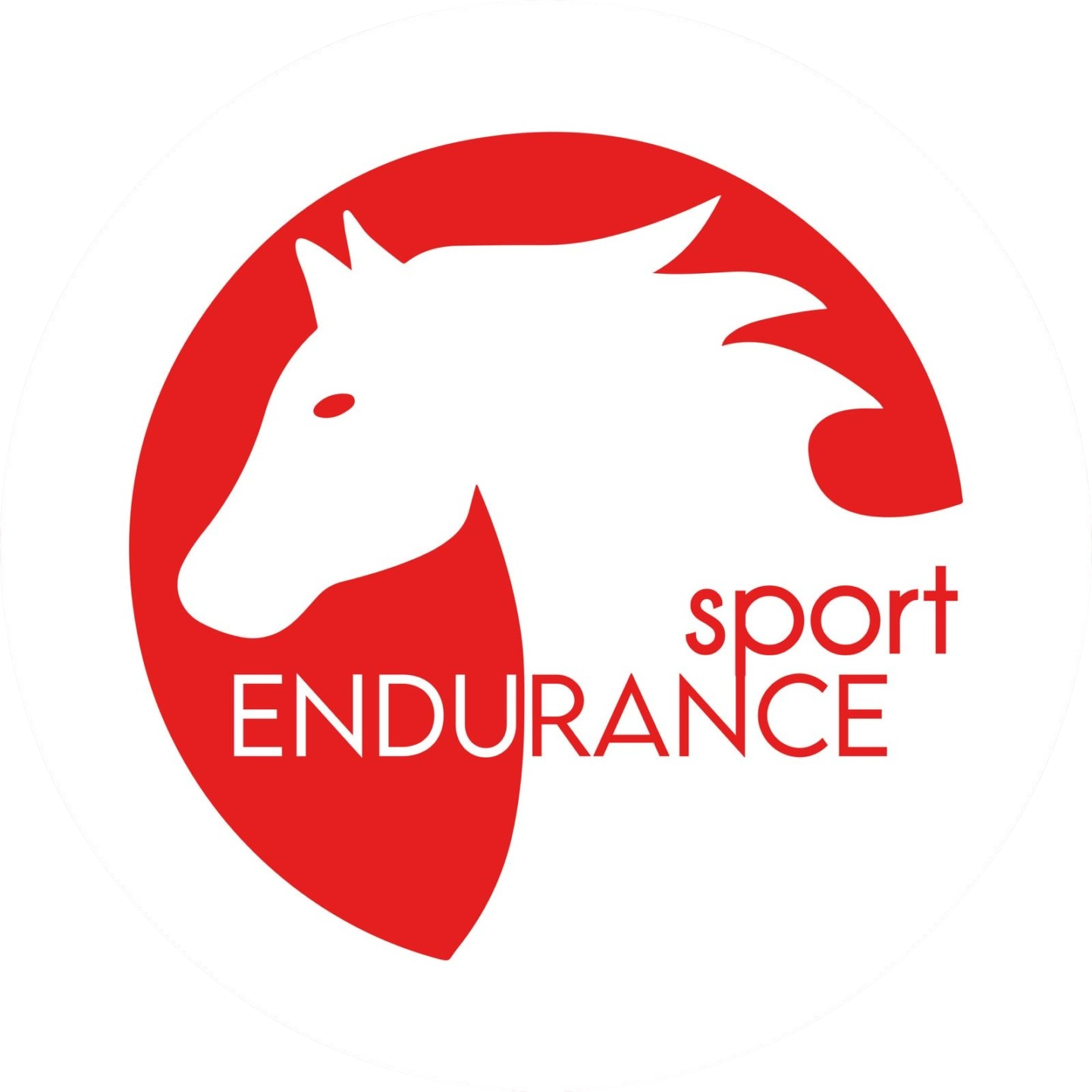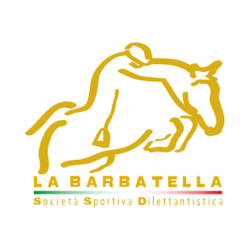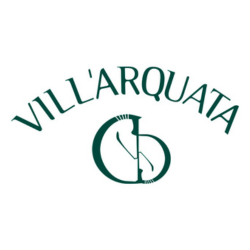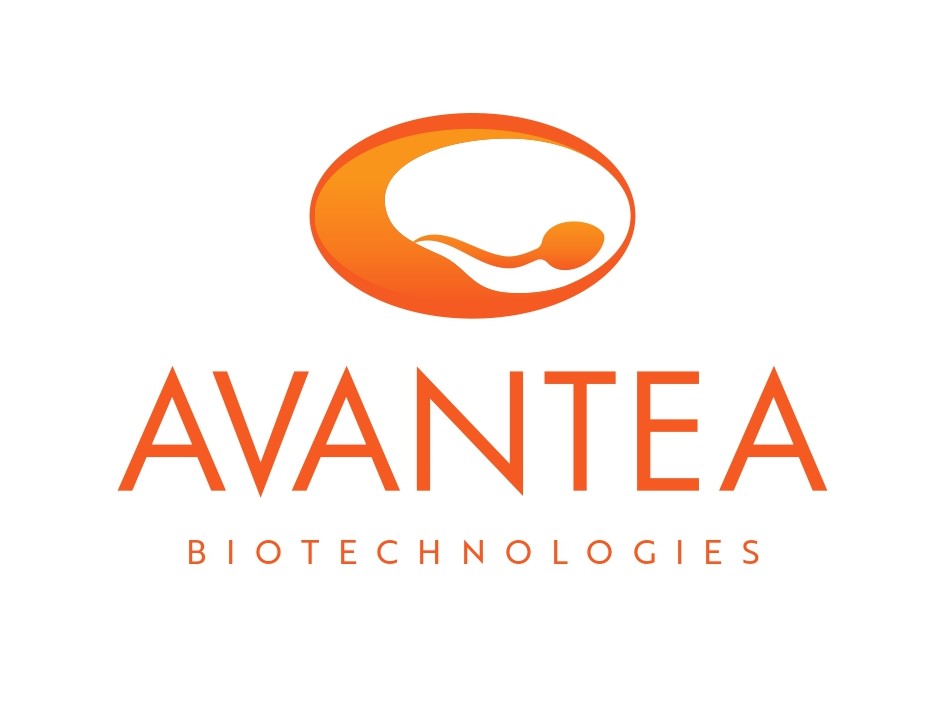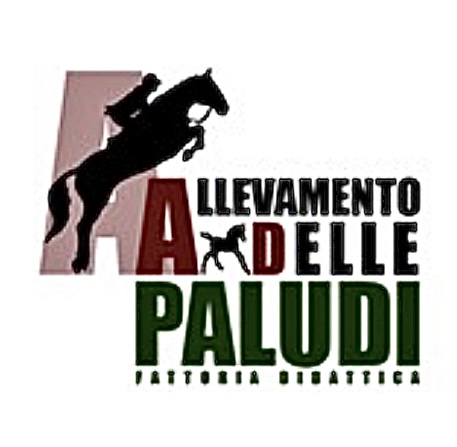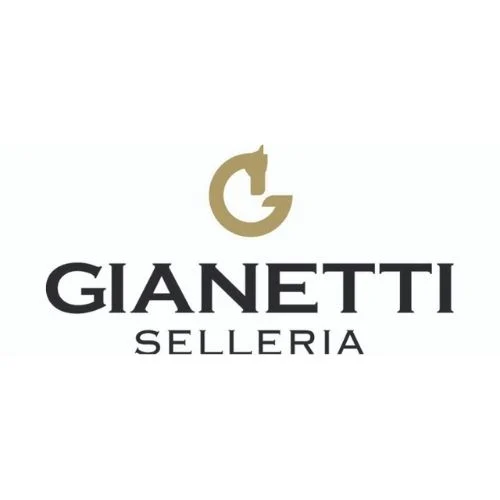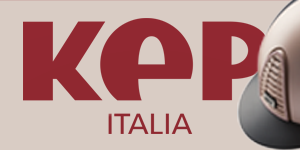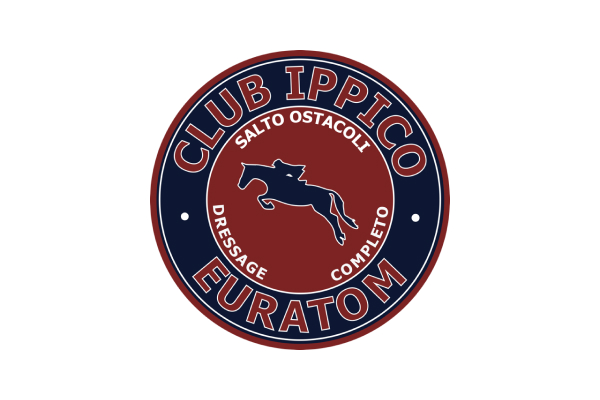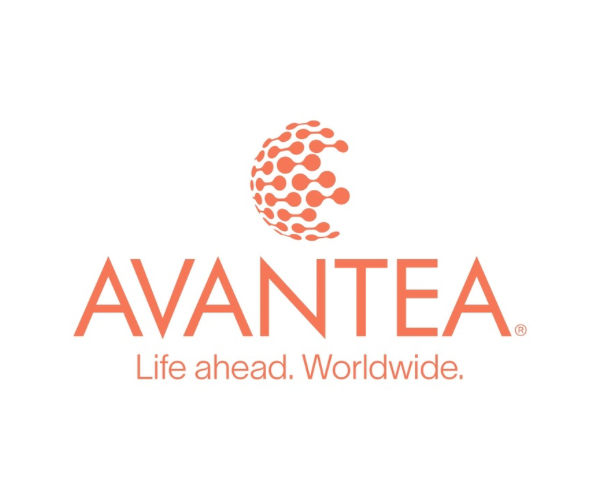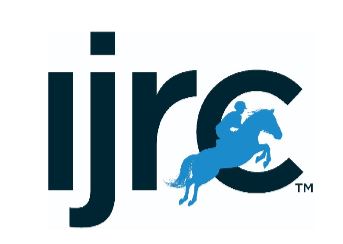
IJRC TELLS FEI SPORTS FORUM HOW RIDERS ARE BEING PRICED OUT OF THE SPORT
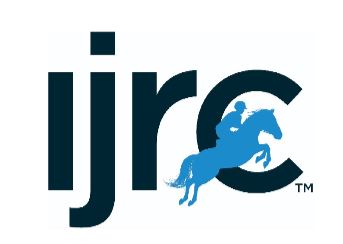
The International Jumping Riders Club (IJRC) is asking the FEI to continue
to review changes to costs and processes of entering CSIs because young
riders, up-and-coming athletes and breeders are being priced out of the
sport.
Entry fees and associated costs have increased while the real value of
prize money can vary widely due to currency fluctuations in different
countries.
Meanwhile a “grey area” in the rider quota procedures means that some
Organising Committees (OCs) can offer last-minute spaces to “pay cards”
rather than to riders taken on merit.
Entry fees and prize money:
The FEI used to set prize money levels and entry fees using the
historically strong Swiss franc (CHF) as the base. After a conference in
London in 2011, the FEI enabled OCs to determine these monies using
the consumer price index and inflation rate in their own countries. Since
then the real value of prize money has eroded by an average of 8.3%.
The variations are especially notable where they are paid in the two main
currencies used at CSIs, the Euro and US$.
With shows’ own rising costs, last year the International Equestrian
Organisers Alliance proposed a new scheme based on the consumer price
index in Belgium; one of the highest in Europe, it has increased 18.32%
in the past eight years. The IJRC lodged strong objections but while FEI
did not adopt the organisers’ plan, it proposed a 10% increase in entry
fees, of further detriment to riders and owners.
Currently the FEI-prescribed maximum entry fee is usually applied even
where minimum prize money is offered. The entry fee includes stabling
but excludes ancillary services such as electricity supply and manure
2
removal, charges for which have increased riders’ outlay per show up to
70% in recent years. At some CSIs 3* and 4* on the European tours,
riders can face additional fees of up to €20 euros a day for electricity,
€100 a week for horse transporter parking and €300 for a tack box, and
€30 per day to keep a horse in a stable in the short break between
fixtures. (See here presentation “Lausanne, 27 March 2023 Meeting FEI,
IJRC, IJOC and AJO: Conversion rates, Entry fees, Inflation”: for more
detail and case studies.)
Meanwhile, a possible solution regarding prize-money for 2024 onwards
was presented at the 2023 FEI Sports Forum in Lausanne on April 25. It
would re-set the required prize monies in Euros rather than CHF, with a
suggested initial conversion rate to US$ of 1.10. Variations would be
averaged over 12 months and the system changed only if a 5% threshold
was exceeded.
The IJRC appreciates the FEI’s work on the new prize-money proposal and
understand the impacts of rising costs to organisers, but believes a
further stakeholder consultation is necessary, especially if a formalised
proposal needs to be available for FEI board discussion no later than
August. The IJRC believes the entire industry has a moral obligation to
keep costs as low as possible.
IJRC director Eleonora Ottaviani has also cautioned against a global
harmonisation of prize money and entry fee systems, especially in Europe
and North America where the markets and CSI business models are
completely different.
She said: “One must also take into account that in addition to entry fees
established by FEI Regulations, in Europe taxes are increasingly often
added that do not comply with FEI rules, such as pay cards, tables,
administrative tax etc.
“Such fees affect above all young riders, breeders and up-and-coming
athletes who deserve and to be able to afford to compete in sport that
respects meritocracy. The increase of the entry fee and of the costs,
which are already expensive for central and southern Europe, will become
unaffordable for the whole of eastern Europe, where the sport is currently
undergoing promising development.”
François Mathy Jr, Vice-President of the International Jumping Riders Club
(IJRC) commented: “Our objective is to keep our sport accessible for
young and talented riders. A compromise must be reached in order to
stop the race of the imaginative extra cost that some events put on the
rider’s bill.”
3
Invitations:
In this same spirit of meritocracy, the IJRC is asking the FEI to reconsider
two other rider invitation processes – the reallocation of unused places at
CSIs, and the wild card, in the wake of anecdotal evidence that more last-
minute entry opportunities are finding their way to “pay cards.”
The categories of rider than can enter any CSI can be seen here FEI
Jumping Rules_Annex_V_Implementation_Guidelines_update_2023.pdf In
order of priority, they are FEI Longines rankings; riders nominated by
their national federation; riders personally invited by the OC; and the wild
card.
The thorny issue is the OC invitation, which can be privately extended to
riders further down the rankings lists, or even unranked riders who can
afford to pay a substantial premium over the set entry fee; some may
also buy a hospitality table for the week as an informal condition of entry.
This unofficial but widespread practice is colloquially known as the pay
card, an essential part of the business model for many shows.
Under current FEI rules, if a rider from the rankings category drops out
after the entries deadline, this place can be filled by an OC invitation. The
IJRC is asking the FEI to re-offer them to riders from the rankings.
Similarly, there is evidence that up-and-coming riders are missing wild
card opportunities because the window to take advantage of them is
small. Currently, wild cards must be reallocated by the second Monday
before the show starts; if not, they too revert to the OC. The IJRC feels
that Tuesday or Wednesday of the preceding week is a more realistic
timeframe, especially if a space is notified over the weekend when
national federation offices are closed.
The IJRC recognises that an extra pay card is an attractive prospect for
the OC, but it is patently unmeritocratic! Reducing the number of ranked
riders at a show can potentially weaken the quality of competition for
spectators and broadcast, at a time of growing awareness of “social
licence” to operate and the efforts taken elsewhere by the FEI to improve
riding standards and enhance public perception of our sport.
©IJRC




.png)




